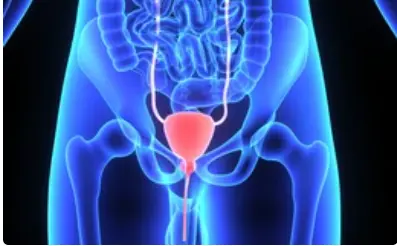 Welcome
Welcome
“May all be happy, may all be healed, may all be at peace and may no one ever suffer."
Nosocomial pneumonia - Generics
Nosocomial pneumonia is a type of pneumonia that is acquired in a hospital or other healthcare setting, such as a nursing home or rehabilitation facility. It is often caused by bacteria that are resistant to multiple antibiotics, making it difficult to treat.
Risk factors for nosocomial pneumonia include being on a mechanical ventilator, prolonged hospitalization, chronic lung disease, and immune system compromise.
Symptoms of nosocomial pneumonia may include:
- Cough with or without sputum production
- Shortness of breath
- Chest pain
- Fever or chills
- Fatigue or weakness
- Confusion or disorientation (especially in older adults)
Diagnosis of nosocomial pneumonia typically involves a combination of physical examination, chest X-ray or CT scan, and laboratory tests to analyze sputum or blood samples for signs of infection.
Treatment for nosocomial pneumonia involves the use of antibiotics, often in combination, to target the specific bacteria causing the infection. Oxygen therapy and other supportive measures may also be necessary, particularly for individuals who require mechanical ventilation.
Prevention of nosocomial pneumonia involves implementing strict infection control measures, such as hand hygiene, patient isolation, and proper cleaning and disinfection of equipment and facilities. Vaccination against pneumococcal and influenza viruses can also help reduce the risk of pneumonia.
It is important to seek medical attention if you experience symptoms of pneumonia, particularly if you have been hospitalized or are at increased risk for nosocomial infections. Early diagnosis and treatment can help prevent complications and improve outcomes. A healthcare professional can provide personalized recommendations for prevention and treatment of nosocomial pneumonia.

Transient ischaemic attac...

Fatigue

Pityriasis rubra pilaris

Erythema multiforme

Pain

Behcets syndrome

Dilatation of pupil

Uncomplicated UTI
Nosocomial pneumonia, নসোকোমিয়াল নিউমোনিয়া
To be happy, beautiful, healthy, wealthy, hale and long-lived stay with DM3S.